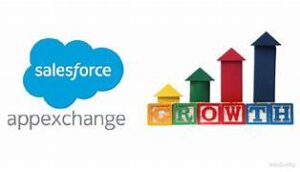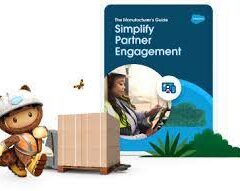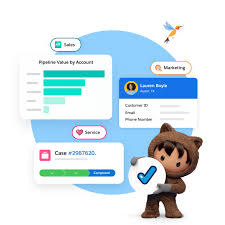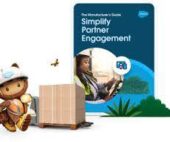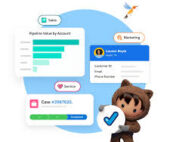LangGraph: The Architecture for Enterprise-Grade Agentic AI Systems
Modern enterprises need AI that doesn’t just answer questions—but thinks, plans, and acts autonomously. LangGraph provides the framework to build these next-generation agentic systems capable of:
✅ Multi-step reasoning across complex workflows
✅ Dynamic decision-making with real-time tool selection
✅ Stateful execution that maintains context across operations
✅ Seamless integration with enterprise knowledge bases and APIs
1. LangGraph’s Graph-Based Architecture
At its core, LangGraph models AI workflows as Directed Acyclic Graphs (DAGs):
- Nodes represent discrete operations (retrieval, analysis, decision points)
- Edges define the execution flow between nodes
- Shared state (Pydantic models) persists context across steps
This structure enables:
✔ Conditional branching (different paths based on data)
✔ Parallel processing where possible
✔ Guaranteed completion (no infinite loops)
Example Use Case:
A customer service agent that:
- Retrieves case details → 2. Checks policy docs → 3. Generates response → 4. Logs resolution
2. Multi-Hop Knowledge Retrieval
Enterprise queries often require connecting information across multiple sources. LangGraph treats this as a graph traversal problem:
python
Copy
# Neo4j integration for structured knowledge from langchain.graphs import Neo4jGraph graph = Neo4jGraph(url="bolt://localhost:7687", username="neo4j", password="password") query = """ MATCH (doc:Document)-[:REFERENCES]->(policy:Policy) WHERE policy.name = 'GDPR' RETURN doc.title, doc.url """ results = graph.query(query) # → Feeds into LangGraph nodes
Hybrid Approach:
- Vector search (Pinecone) for semantic similarity
- Graph databases for explicit relationships
- LLM reasoning to connect concepts
3. Building Autonomous Agents
LangGraph + LangChain agents create systems that:
- Interpret ambiguous requests
- Select tools dynamically (APIs, databases, etc.)
- Adapt when initial approaches fail
python
Copy
from langchain.agents import initialize_agent, Tool
from langchain.chat_models import ChatOpenAI
# Define tools
search_tool = Tool(
name="ProductSearch",
func=search_product_db,
description="Searches internal product catalog"
)
# Initialize agent
agent = initialize_agent(
tools=[search_tool],
llm=ChatOpenAI(model="gpt-4"),
agent=AgentType.ZERO_SHOT_REACT_DESCRIPTION
)
# Execute
response = agent.run("Find compatible accessories for Model X-42")
4. Full Implementation Example
Enterprise Document Processing System:
python
Copy
from langgraph.graph import StateGraph
from langchain.embeddings import OpenAIEmbeddings
from langchain.vectorstores import Pinecone
# 1. Define shared state
class DocProcessingState(BaseModel):
query: str
retrieved_docs: list = []
analysis: str = ""
actions: list = []
# 2. Create nodes
def retrieve(state):
vectorstore = Pinecone.from_existing_index("docs", OpenAIEmbeddings())
state.retrieved_docs = vectorstore.similarity_search(state.query)
return state
def analyze(state):
# LLM analysis of documents
state.analysis = llm(f"Summarize key points from: {state.retrieved_docs}")
return state
# 3. Build workflow
workflow = StateGraph(DocProcessingState)
workflow.add_node("retrieve", retrieve)
workflow.add_node("analyze", analyze)
workflow.add_edge("retrieve", "analyze")
workflow.add_edge("analyze", END)
# 4. Execute
agent = workflow.compile()
result = agent.invoke({"query": "2025 compliance changes"})
Why This Matters for Enterprises
- Accuracy – Maintains context across complex operations
- Auditability – Explicit workflow structure enables debugging
- Scalability – Modular design allows component upgrades
- Compliance – State tracking supports governance requirements
The Future:
LangGraph enables AI systems that don’t just assist workers—but autonomously execute complete business processes while adhering to organizational rules and structures.
“This isn’t chatbot AI—it’s digital workforce AI.”
Next Steps:
- Identify high-value, multi-step processes in your organization
- Prototype with simple LangGraph workflows
- Gradually incorporate tools and conditional logic


